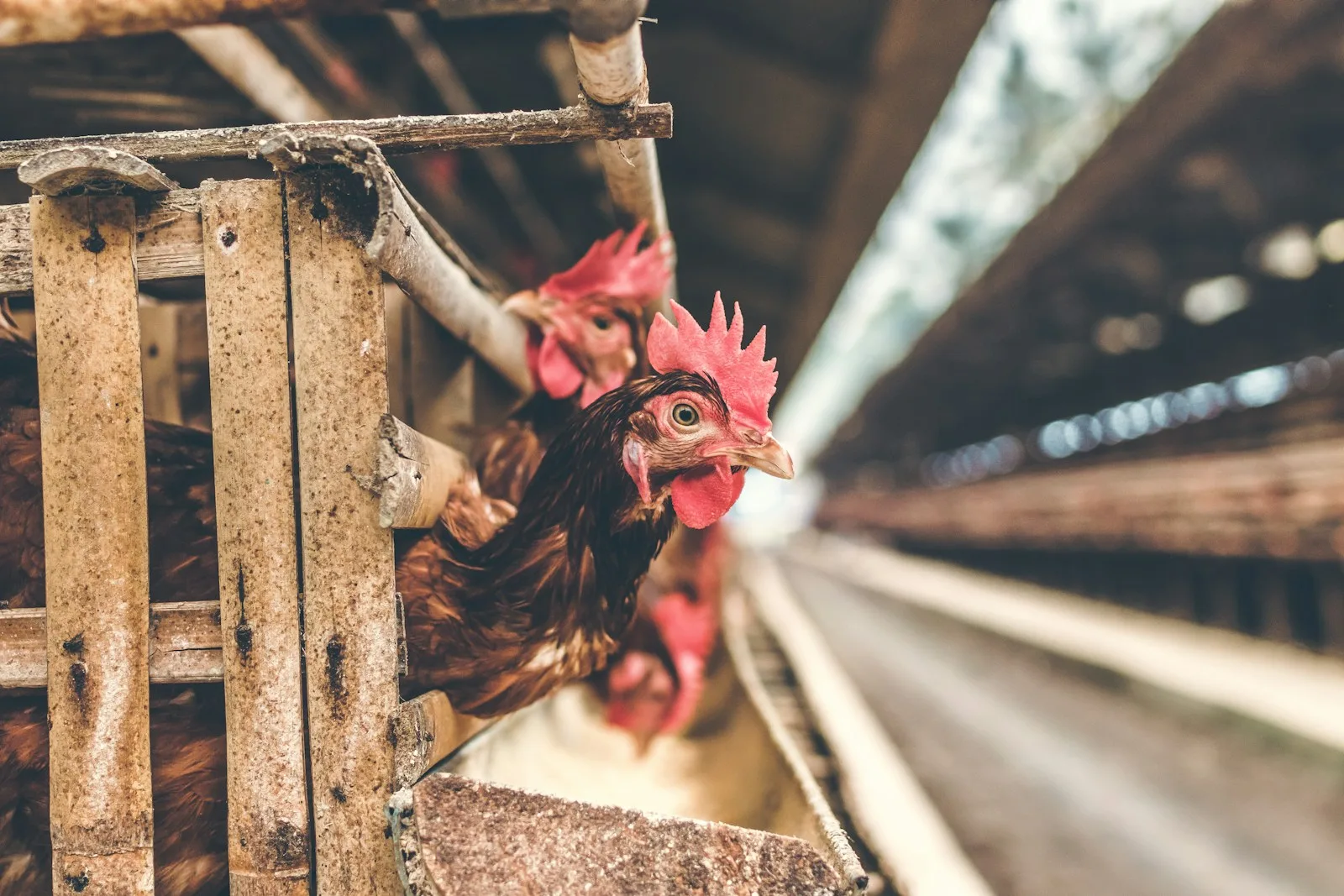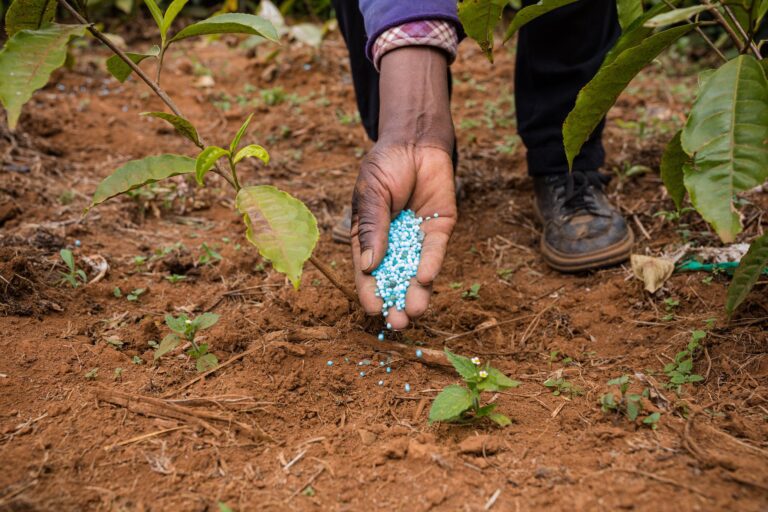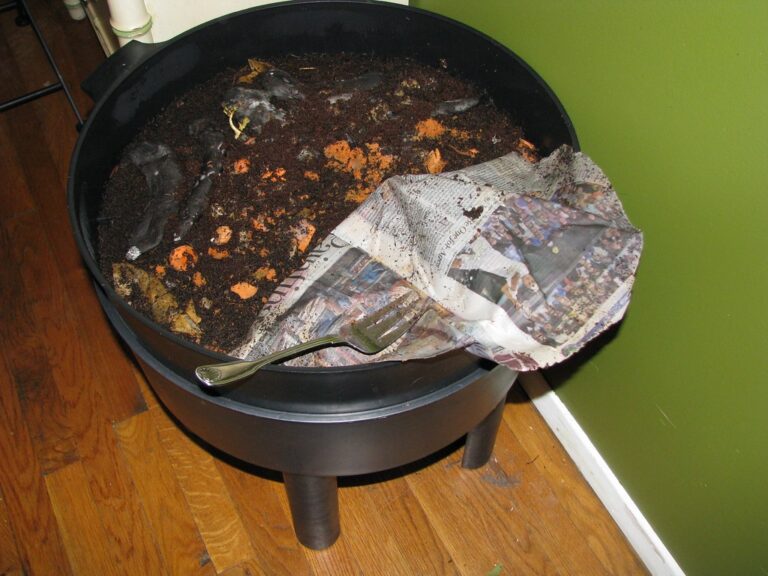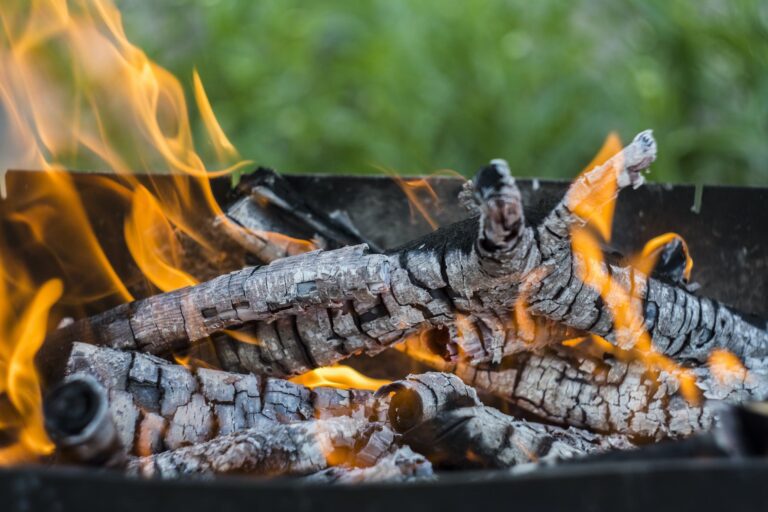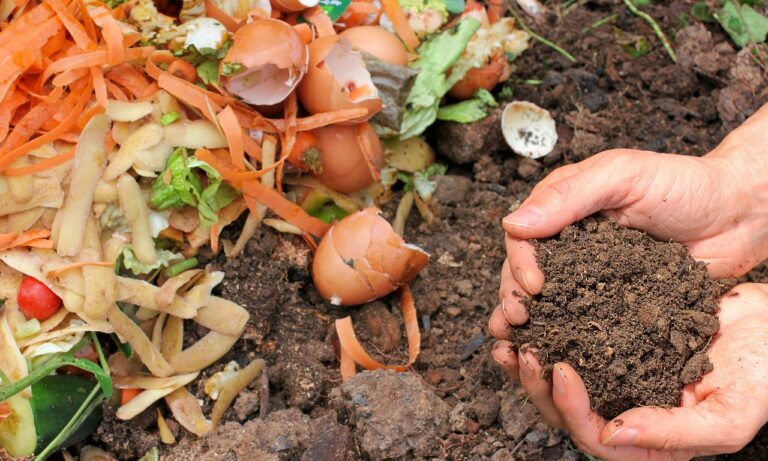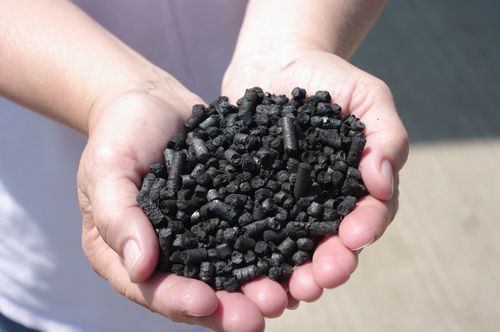Chicken manure and turkey manure are both valuable resources for gardening and composting, offering a wealth of nutrients that can enrich soil and enhance plant growth.
However, there are notable differences between the two types of manure when it comes to their characteristics, nutrient content, and suitability for composting.
Understanding these distinctions is crucial for effectively utilizing them in gardening and composting practices.
Here’s a breakdown of the differences between chicken manure and turkey manure in gardening and composting:
1. Nutrient Content:
Both chicken manure and turkey manure are rich sources of essential nutrients such as nitrogen (N), phosphorus (P), and potassium (K), which are vital for plant growth.
However, the nutrient composition may vary slightly between the two. Chicken manure typically contains higher levels of nitrogen compared to turkey manure, making it an excellent choice for promoting lush foliage and vegetative growth.
On the other hand, turkey manure may have a slightly higher phosphorus content, which can support root development and flowering in plants.
| Nutrient | Chicken Manure (%) | Turkey Manure (%) |
|---|---|---|
| Nitrogen (N) | 1.5-2.5 | 1.0-1.8 |
| Phosphorus (P) | 1.0-1.5 | 1.2-2.0 |
| Potassium (K) | 0.5-1.0 | 0.5-1.0 |
2. Odor:
One of the most noticeable differences between chicken manure and turkey manure is their odor.
Chicken manure tends to have a stronger and more pungent smell, often resembling ammonia, especially when fresh. In contrast, turkey manure generally has a milder odor, which may be more tolerable for gardeners.
3. Moisture Content:
Turkey manure typically has a higher moisture content compared to chicken manure.
This higher moisture content can affect the handling and application of the manure, especially in composting practices where maintaining proper moisture levels is essential for the composting process.
4. pH Levels:
Both chicken manure and turkey manure are alkaline in nature, but there may be slight differences in their pH levels.
Chicken manure tends to have a slightly higher pH compared to turkey manure. Understanding the pH levels of these manures is crucial for maintaining optimal soil conditions for plant growth.
5. Pathogen Concerns:
Both chicken manure and turkey manure can contain harmful pathogens such as E. coli and Salmonella, especially if not properly composted or aged.
Composting is an effective method for reducing the risk of pathogen contamination in manure. However, chicken manure may pose a slightly higher risk of pathogen contamination compared to turkey manure due to differences in farming practices and hygiene standards.
Incorporating Chicken Manure and Turkey Manure in Worm Composting
Worm composting, also known as vermicomposting, presents a sustainable and efficient method for recycling organic waste and producing nutrient-rich compost. Incorporating chicken manure or turkey manure into worm composting can accelerate the decomposition process and enrich the resulting vermicompost with valuable nutrients. Here’s how these types of manure can be effectively utilized in worm composting:
1. Preparing the Manure:
Before adding chicken or turkey manure to a worm bin, it’s crucial to ensure that the manure is properly aged or composted. Fresh manure can be too acidic and may contain harmful pathogens, which can be detrimental to the worm population. Composting the manure separately in a designated pile or bin for several weeks or months allows it to decompose, reducing its acidity and eliminating pathogens.
2. Mixing with Bedding Material:
Once the chicken or turkey manure has been adequately composted, it can be mixed with bedding material in the worm bin. Bedding materials such as shredded newspaper, cardboard, or coconut coir provide a carbon source and help maintain proper moisture levels in the worm bin. Thoroughly mixing the aged manure with the bedding material ensures even distribution throughout the composting system.
3. Feeding the Worms:
Worms thrive on a balanced diet of organic matter, including kitchen scraps, yard waste, and aged manure. When adding chicken or turkey manure to the worm bin, it’s essential not to overfeed the worms. Start with small amounts of manure and gradually increase the quantity as the worms adjust to the new food source. Monitoring the moisture levels in the worm bin and adjusting as needed helps prevent the compost from becoming too wet or dry.
4. Harvesting the Vermicompost:
Over time, the worms will consume the organic matter, including the chicken or turkey manure, and convert it into nutrient-rich vermicompost. Harvesting the vermicompost occurs once it reaches a dark, crumbly consistency, typically after several months. Remove any remaining undecomposed material, such as worm castings or bedding, and replenish the worm bin with fresh bedding and food sources.
